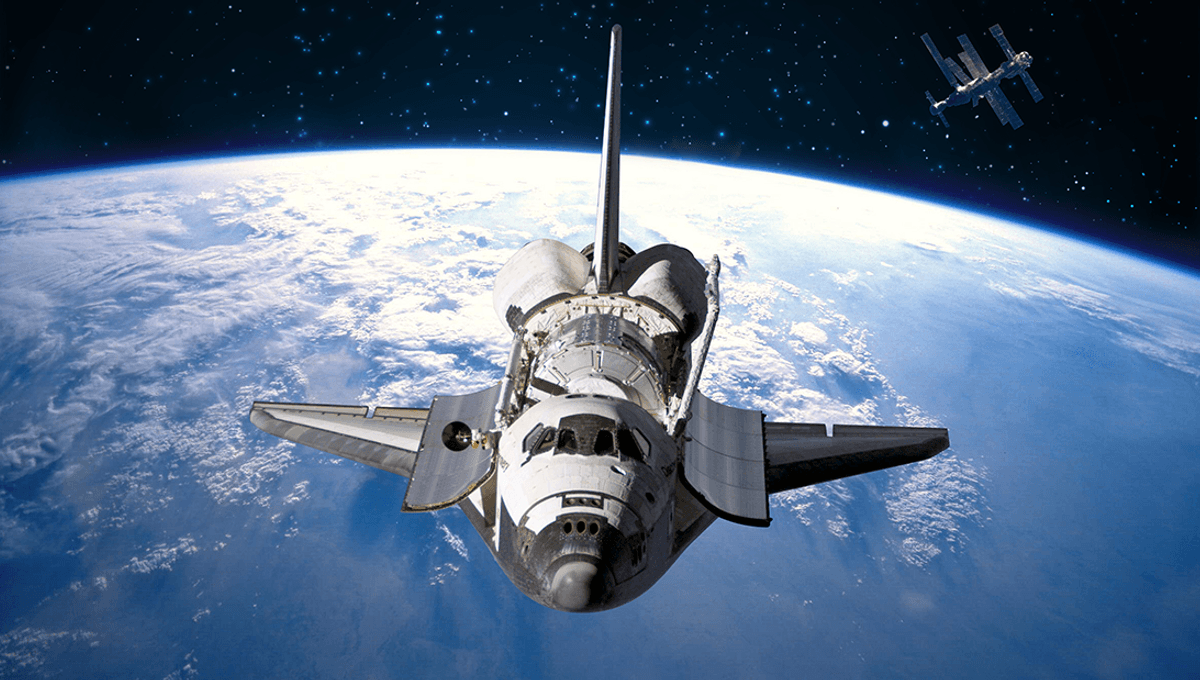
Moving around on the Earth, as humans so enjoy, is something we all have an instinctive understanding of. In order to move forward, you push against something else. Your feet push against the floor as you walk, your body against the water as you swim, and your rotating car wheels push back against the surface of the road through friction in order to move forwards.
But space – as Einstein’s theory of special relativity and the Michelson-Morley experiment first showed us – is a vacuum. That means that there is nothing for you to push against, and thrashing around as much as you like will not produce a net forward motion.
You could move your arm forward, and by Newton’s third law – for every action, there is an equal and opposite reaction – the rest of you would move backwards. But move that arm backwards again, and take a wild guess which direction your body moves in. That’s right, back to your initial position.
So how do rockets move in space? With a little help from Newton’s third law and the conservation of momentum, of course. Because there is nothing to push against (small caveat; your motion may be affected by photon pressure as well as the small number of atoms in space) rockets must rely on expelling mass to move in their desired direction.
“When the rocket pushes out its exhaust, the exhaust also pushes the rocket. The rocket pushes the exhaust backward. The exhaust makes the rocket move forward,” NASA explains. “This rule can be seen on Earth. If a person stands on a skateboard and throws a bowling ball, the person and the ball will move in opposite directions. Because the person is heavier, the bowling ball will move farther.”
“A rocket is different from a jet engine. A jet engine requires oxygen from the air to work. A rocket engine carries everything it needs. That is why a rocket engine works in space, where there is no air,” they add.
This has served us well, taking us to the Moon and various objects in the Solar System, but it isn’t altogether ideal. In short, in order to propel yourself and adjust course in space it’s going to take a lot of fuel, which means a lot of mass, and a lot of cost. For this reason, scientists are looking into alternative methods for powering spacecraft, ranging from utilizing solar sails to relativistic electron beams to generate motion.
While testing of these methods have proved promising, for now we’re generally stuck with expelling mass and Newton’s third law of motion for generating movement in space.
Source Link: How Do Rockets Move In Space If There Is No Medium To Push Against?